How to properly grow beautiful orchids at home?
The splendor of the orchid cannot leave indifferent any amateur grower. While growing orchids at home takes a lot of skill and patience, with proper care and care, you can enjoy their beautiful flowers for months.
Orchids from East Asia or South America are most suitable for growing at home. In total, breeders have bred about 90 thousand varieties of this plant. To choose the right variety for home breeding, you need to take into account the temperature in the room where the flower will be located. For example, dendrobiums, Cattleya and phalaenopsis a warm room is needed, and papiopedilums or Vietnamese orchids do well at low temperatures.
When purchasing a plant from the store, examine the roots of the flower. Green or red ends of the roots mean that the plant is healthy, if the roots are brown or gray, then they are starting to rot. Leaves should be firm, green, with no gray or brown spots. It is desirable that the plant has both blossoming flowers and buds. The flower container should have a label with the name of the orchid.
Advice! If the outside temperature is below 6 ° C, the orchid must be well wrapped in several layers of thick paper.
Reproduction and planting
You do not need to transplant a newly purchased orchid. Planting orchids is needed when the leaves of the plant begin to protrude strongly beyond the edge of the pot.
- Transplant it after flowering has ended. You need to carefully remove the plant from the pot so as not to damage the roots, inspect them, cut off dry and rotten ends.
- Don't try to plant an orchid in garden soil! She needs a special substrate, since in nature she grows on tree trunks and even on heaps of garbage. Therefore, it is better to purchase soil for planting in a store.
- In addition, it is important to choose the right pot, it should be easy to breathe and keep a minimum of moisture at the roots. These can be wicker baskets or pots, nets that can hold the substrate,
- It is imperative to put drainage on the bottom of the pot, preferably broken brick or crushed stone. Then pour in the substrate, place the plant in the pot and carefully fill the space between the roots with soil. The growth point must be left on the surface. Moisten the substrate slightly and place the flower in a shaded place for several days.
Once the orchid has grown, it can be propagated. Reproduction is possible in several ways.
- Reproduction with the help of children. Children appear in plants that are in rooms with high air temperatures, as well as when feeding with nitrogen fertilizers. New plants with formed roots are carefully separated and planted in pots.
- Reproduction by layering. With this method of reproduction, a long stem without leaves is placed on sphagnum moss in a pot next to it. A plastic container is installed over the stem as a greenhouse and the sleeping buds are awaited. This happens after about a month. When new orchids grow from the buds, they are separated from the mother plant and planted.
- Propagation by cuttings. Cut off about half the top of the stem with several aerial roots and plant in the substrate in the same way as an adult plant. The remainder of the stem is often sprayed so that lateral shoots grow from the adventitious buds. Once the shoots have formed roots, they can be cut off and planted in pots.
- Reproduction by seeds. At home, seed reproduction is not the best way, since it requires special conditions and takes a long time. The process should take place under sterile conditions, seeds germinate from 3 to 8 months. The emerging seedlings are grown for 1.5-2 years to an adult state. And they can bloom only after 2-4 years. therefore seed propagation Is more of a laboratory method.
- But in Vietnamese orchids, propagation by bulbs is possible, they are also called bulbs. Bulbs are sold in the markets and are quite affordable at a price; they are often brought by their trips to Vietnam as a souvenir. Therefore, many flower growers are interested in: how to plant an orchid from Vietnam?
This will require a special substrate and a transparent pot. The bulb must be planted in the ground only with the lower part, having made a support for it so that it does not fall, or simply put on the substrate, slightly pressing it into the ground. The plant is placed in a well-lit place, avoiding sunlight. The bulba is not watered until the roots appear. A transparent pot is just what you need in order to see them. There is no need to be afraid that it will dry out, it has enough moisture and nutrients.
Orchid care: keeping conditions, watering, feeding
In order for plants to delight with their luxurious flowering for a long time, you need to create comfortable conditions for them and properly organize their care.
- Proper lighting is very important in caring for orchids. Plants need a lot of light, but they need to be protected from direct sunlight so that the leaves do not get burned. The duration of daylight hours for the normal development of the orchid should be at least 12 hours, that is, in the winter time it needs additional lighting, preferably using fluorescent lamps. Dark green leaves indicate insufficient lighting, and yellowed leaves indicate an excess of it.
- In order for the orchid to bloom for a long time, you need to observe the difference between day and night temperatures. This is 4-5˚ for heat-loving species and up to 7˚ for cold-resistant ones.
- Care in the form of watering is to create conditions for the plant close to natural. Under natural conditions, most species absorb moisture from the air and therefore cannot tolerate stagnant moisture in a pot. Therefore, it is necessary to water when the substrate becomes dry, in the summer 2 times a week, and in the winter - 1 time. The water should be soft and warm, preferably melt or rainwater, you can use boiled water. Plants in a pot are watered from above, those growing in baskets or nets are dipped in water for 5 minutes. Then be sure to let the excess drain.
- Orchids need to create optimal air humidity - 65-80%. If the room humidity is low, you can place the plants on special trays with grates. Water is poured into the bottom of the pallet, and the grate does not allow the roots to come into contact with it. In hot weather, you can spray the plants with warm water.
- Also, in caring for the plant, you need to regularly ventilate the room in which the orchids are located, but avoid drafts.
- Orchids are fed only with fertilizers specially designed for them no more than 2 times a month during flowering. In the cold season and after flowering, feeding is not needed. Leaving in the form of excessive fertilizing negatively affects the viability of the plant. Ideally, if the flower grows in the correct substrate, which is replaced after 2-3 years, no feeding is required.
Detection and prevention of diseases
Failure to follow the rules of caring for an orchid can lead to the appearance of pests and infection of diseases. The occurrence of these problems can be determined by external signs.
- Sluggish leaves mean that the temperature is broken or the roots are damaged.
- Cracks in the middle of the leaves can appear due to a sharp temperature drop with improper care.
- Leaves rot or dry out. The plant is infested with mites that hide in the middle of the leaf rosettes. It is necessary to treat the leaves with special acaricidal preparations.
- The leaves have black spots, holes, growths. Most likely, the plant is burnt in direct sunlight.
- Silvery spider web on the leaves. The reason is the defeat of a spider mite, fight him you also need acaricidal drugs.
- The orchid grows poorly and does not bloom. Infection with nematodes is possible, they feed on the sap of the plant and inhibit its growth. Treatment with special chemicals is required.
So, caring for orchids is not an easy task. But the beauty of her flowers, which can be admired for up to 8 months a year, will pay off all the efforts. In the interior of the apartment, the flower looks exquisite and original. Plants can be placed in the living room, bedroom, and even the bathroom, if it is spacious enough and has enough lighting. Moreover, the humidity there will be very comfortable for the orchid. But it is undesirable to keep it in the kitchen, since the air in the kitchen is usually hot and dry.
If you properly organize the care of a capricious flower and follow all the above recommendations, long-blooming orchids will become a luxurious decoration for your home.
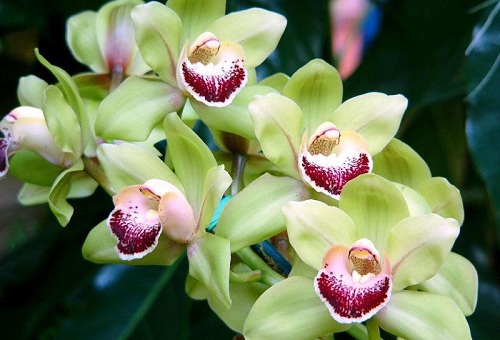
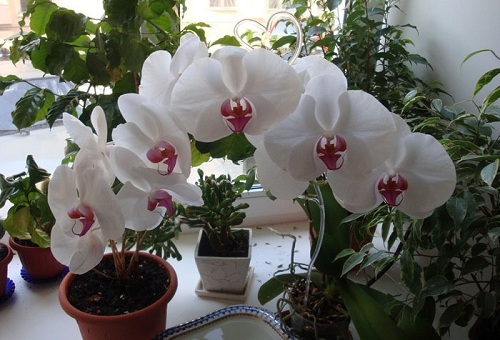
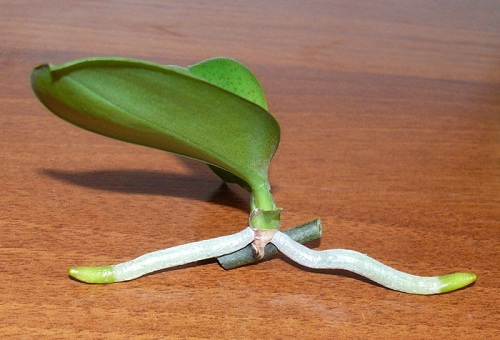
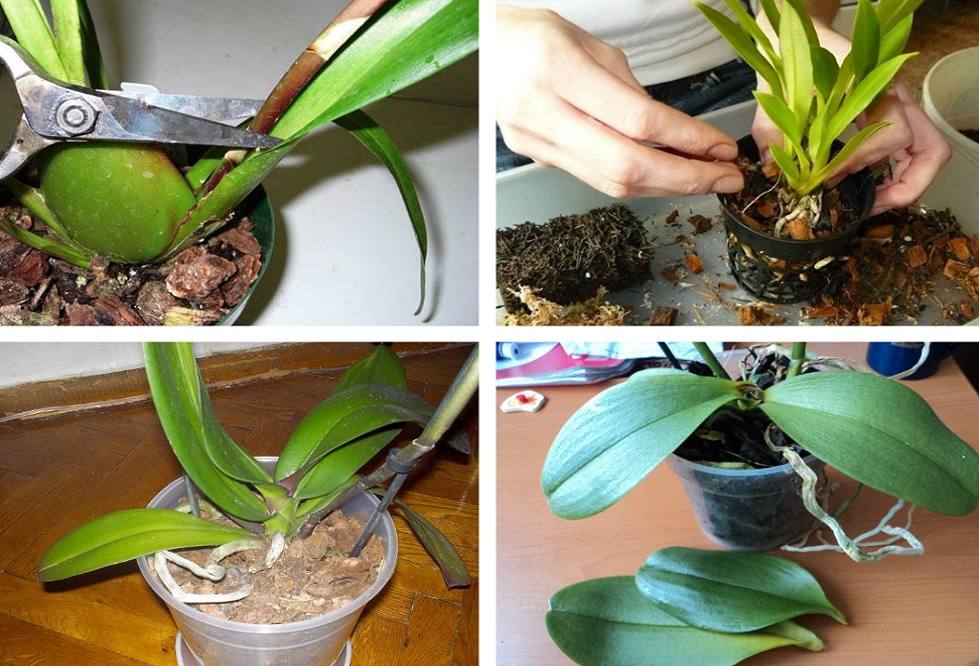
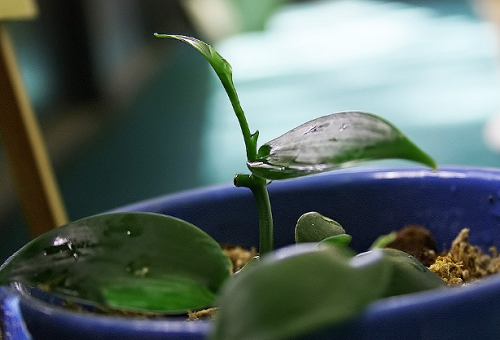
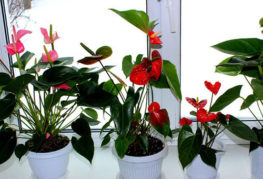
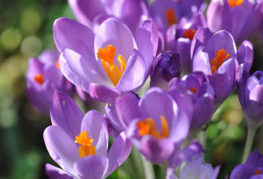
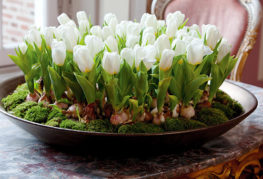
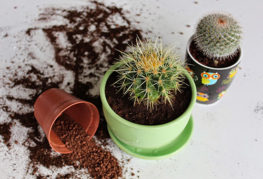
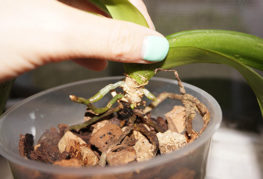
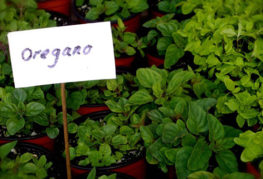
and will be published shortly.